Ceneguillo, Sullana
Piura, Peru
South America
lemon
mango
“I have a farm of 13 ha mostly lemon plantation. We have had many problems. But all the diseases and infestations that we had previously in the lemon cultivations have been eliminated without the use of agrochemicals.
They included:
- Gummosis of the citrus fruits (fungi)
- Scale and Aphids, White Lice and Sooty Mould
- Citrus Quick Decline virus
- Leaf Miner of citrus fruits
“There are still a few lemon trees affected by the red citrus mite.”
“My neighbor, Segundo Perez Llacsahuanga divided his lemon cultivation – 50% treated with agrochemicals and the other 50% without chemicals, only with Homa Therapy application. We have observed that at this time the area with only Homa Therapy has more fruits. In the beginning the flowering seemed to be better in the area with the use of agrochemicals, but then it got attacked by a plague (Botrytis fungus) and now there are less fruits. The area with the Homa Therapy needed in the beginning more time to flower, but then it speeded up and has now totally healthy, vigorous fruits. There is an insignificant percentage of Botrytis in this area.
It is necessary to note that we have not been doing the 4 hours daily of Om Tryambakam Homa, neither the 24 hours of full moon and new moon. We only have been doing the Agnihotra at sunrise and at sunset and more or less two to three hours daily of Tryambakam fire.”
“With respect to the mangoes, they were sweeter and had a better flavor this season. The native Mango tree from the area (not planted) even had a second flowering out of season and so we had an extra load of fruits. I have never seen this before. It came in a moment when there were no mangoes available and so the price in the market was better.”
“With respect to the mandarine fruits we observed that they were sweeter than in other years.”
“With respect to the papaya plants that we had planted before we implemented the Homa Therapy, and that have suffered from “virosis” in a general form, ended up producing fruits and keeping themselves going with Homa Therapy. Of course they have not been healed completely form the disease. But they ended up producing a crop, which are in maturation process at this time. Usually a plantation with virosis dies immediately. There is no chemical that can counteract this effect. These same papaya seeds have been sown also in the Superior Technological Institute, at the time the Homa project was initiated there. And in this plantation there are no visible signs of the presence of virosis or any other diseases.”
“My neighbor Segundo Pérez does the Homa Therapy together with me and he is convinced about it for three reasons:
1) the flowering of the native Mango tree on my farm, outside its season.
2) some lemon trees close to the Agnihotra hut got healed in a very short time.
3) part of his plantation was attacked by “gummosis” and has been revitalized. He also achieved an improvement of his lemon plantation.”
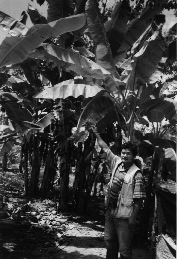 A letter from the banana farmers of Nueva Requena to Dr Elsa Carbonell, Ministry of Agriculture, Region: Ucayali
A letter from the banana farmers of Nueva Requena to Dr Elsa Carbonell, Ministry of Agriculture, Region: Ucayali


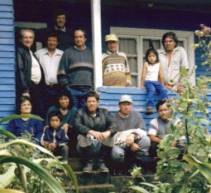
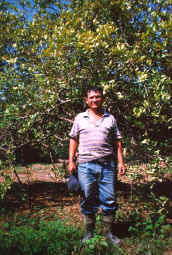
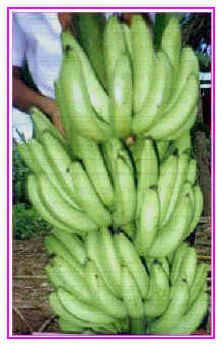 “On my 3.5ha farm I had the Quick Decline virus and other diseases. But, thanks God, with the application of the Agnihotra ash and the practice of Homa Therapy, which is done every day at sunrise and sunset, the crop is changing, we see this specially with the bananas, but also in the beans and lemons.”
“On my 3.5ha farm I had the Quick Decline virus and other diseases. But, thanks God, with the application of the Agnihotra ash and the practice of Homa Therapy, which is done every day at sunrise and sunset, the crop is changing, we see this specially with the bananas, but also in the beans and lemons.”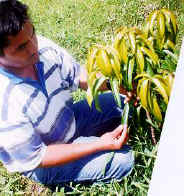 “With respect to the insect attacks on a twenty year-old lemon tree, this tree now is rejuvenating. It had die back, had maggot infestation, was also attacked by “filonistis” and the branches were partially dead. Now we can see the beginning of changes.”
“With respect to the insect attacks on a twenty year-old lemon tree, this tree now is rejuvenating. It had die back, had maggot infestation, was also attacked by “filonistis” and the branches were partially dead. Now we can see the beginning of changes.”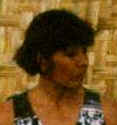
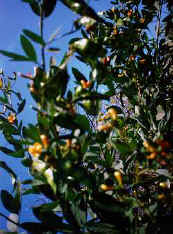 “There is a reduction in the attack of the “Acarus del Tostado” in citrus fruits.”
“There is a reduction in the attack of the “Acarus del Tostado” in citrus fruits.” “In the lemon cultivation an improvement has been noticed in all senses. There is more production, bigger size and no pests at all. Not even the “Red Mite”, which already disappeared after the first fumigation with the Agnihotra-ash-water solution.”
“In the lemon cultivation an improvement has been noticed in all senses. There is more production, bigger size and no pests at all. Not even the “Red Mite”, which already disappeared after the first fumigation with the Agnihotra-ash-water solution.” 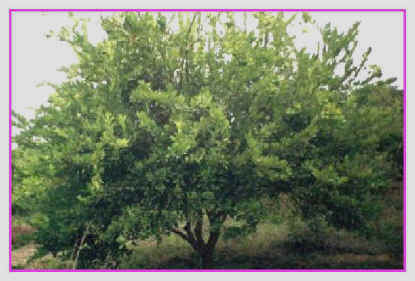
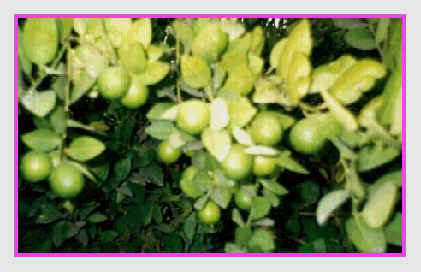

 “Mites, quick decline virus, sooty bark, leaf miners and several other pests and diseases attacked the lemon trees. Right now they are recovering with the Homa Therapy. The lemon fruits have developed a lot. Before they were small, but now they are beautiful and much bigger. The quality and the quantity of the fruits have increased. The fruits that are inside the 40 hectares area, which is treated with Homa Therapy are developing well, in contrary the other ones outside the area are small.”
“Mites, quick decline virus, sooty bark, leaf miners and several other pests and diseases attacked the lemon trees. Right now they are recovering with the Homa Therapy. The lemon fruits have developed a lot. Before they were small, but now they are beautiful and much bigger. The quality and the quantity of the fruits have increased. The fruits that are inside the 40 hectares area, which is treated with Homa Therapy are developing well, in contrary the other ones outside the area are small.”